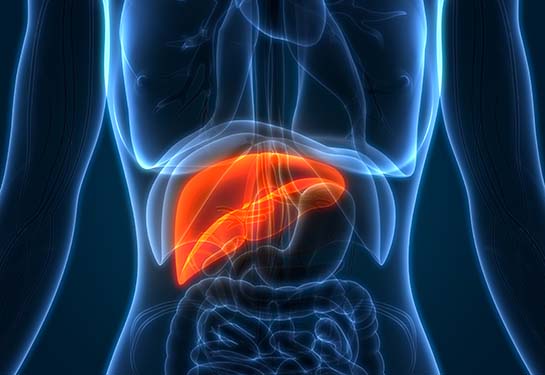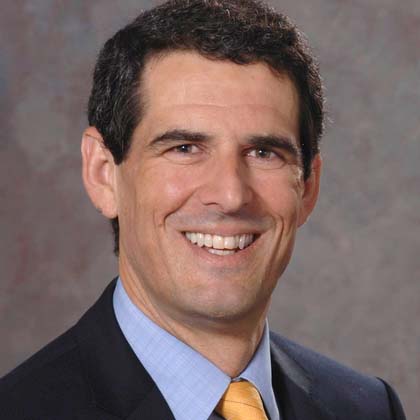UC Davis Health physician leads development of new guidance for chronic liver disease
National guidelines highlight best practices for treatment of primary sclerosing cholangitis and bile duct cancer
UC Davis Health’s Christopher Bowlus, chief of Gastroenterology and Hepatology, is the lead author of new national guidelines for the management of primary sclerosing cholangitis (a chronic liver disease) and cholangiocarcinoma (a type of bile duct cancer).
The new guidelines were developed by The American Association for the Study of Liver Disease (AASLD). They highlight current best practices for the diagnosis and management of patients with primary sclerosing cholangitis, a disease affecting men and women of all ages. When bile ducts inside and outside the liver get inflamed and scarred, they may become narrow or blocked. When this happens, bile builds up in the liver and causes liver damage that might lead to liver failure and the need for liver transplantation.
“Primary sclerosing cholangitis is a challenging disease that requires long-term care and teamwork among clinicians, patients and caregivers,” explained Bowlus, who is also the Lena Valente professor. “Our hope is this new guidance will be an informative and useful tool for clinicians and researchers to provide high-quality care for patients struggling with this disease.”
We anticipate this new guidance devoted to cholangiocarcinoma will bring much-needed attention to this very challenging cancer and improve patient outcomes by communicating the most current diagnosis and management methods.” —Christopher Bowlus
The new guidelines provide key updates regarding the diagnosis of primary sclerosing cholangitis. They
- Emphasize the use of high-quality MRI (magnetic resonance imaging) as the primary diagnostic tool and advise that endoscopic retrograde cholangiopancreatography (ERCP), a procedure involving upper endoscopy and X-rays, should no longer be performed as part of the diagnostic process.
- Introduce a new term – “relevant stricture” – defined as any or narrowing of the common hepatic duct or ducts associated with signs of obstructive cholestasis or bacterial cholangitis. This is a shift from the older term, “dominant stricture,” which described the caliber of bile ducts measured during ERCP. Evaluating patients with relevant strictures is critical because this is often a presentation of early cholangiocarcinoma.
- Encourage all patients with primary sclerosing cholangitis to consider clinical trials given the lack of proven effective medical therapy. For patients ineligible for clinical trials, ursodeoxycholic acid in moderate doses can be considered. (Previous guidance recommended against ursodeoxycholic acid, based on data showing the harms of high doses of the drug.)
- Discuss emerging clinical risk tools for prognostication in primary sclerosing cholangitis.
- Highlight recent updates to the policy of the United Network for Organ Sharing for liver transplantation in the context of primary sclerosing cholangitis.
“These modifications provide a data-driven update on primary sclerosing cholangitis and include the first focused guidance from the AASLD dedicated to the diagnosis and management of cholangiocarcinoma,” Bowlus said.
Primary sclerosing cholangitis is associated with a significantly increased risk of bile duct cancer. Correct and early diagnosis of this cancer is critical to allow for the best treatment options, including liver resection and liver transplantation.
The new guidance recommends that fluorescent in situ hybridization (FISH) be performed, along with standard brush cytology, when evaluating relevant strictures using ERCP. The guidance also contains recommendations on the management of cholangiocarcinoma for providers.
“We anticipate this new guidance devoted to cholangiocarcinoma will bring much-needed attention to this very challenging cancer and improve patient outcomes by communicating the most current diagnosis and management methods,” Bowlus said.





